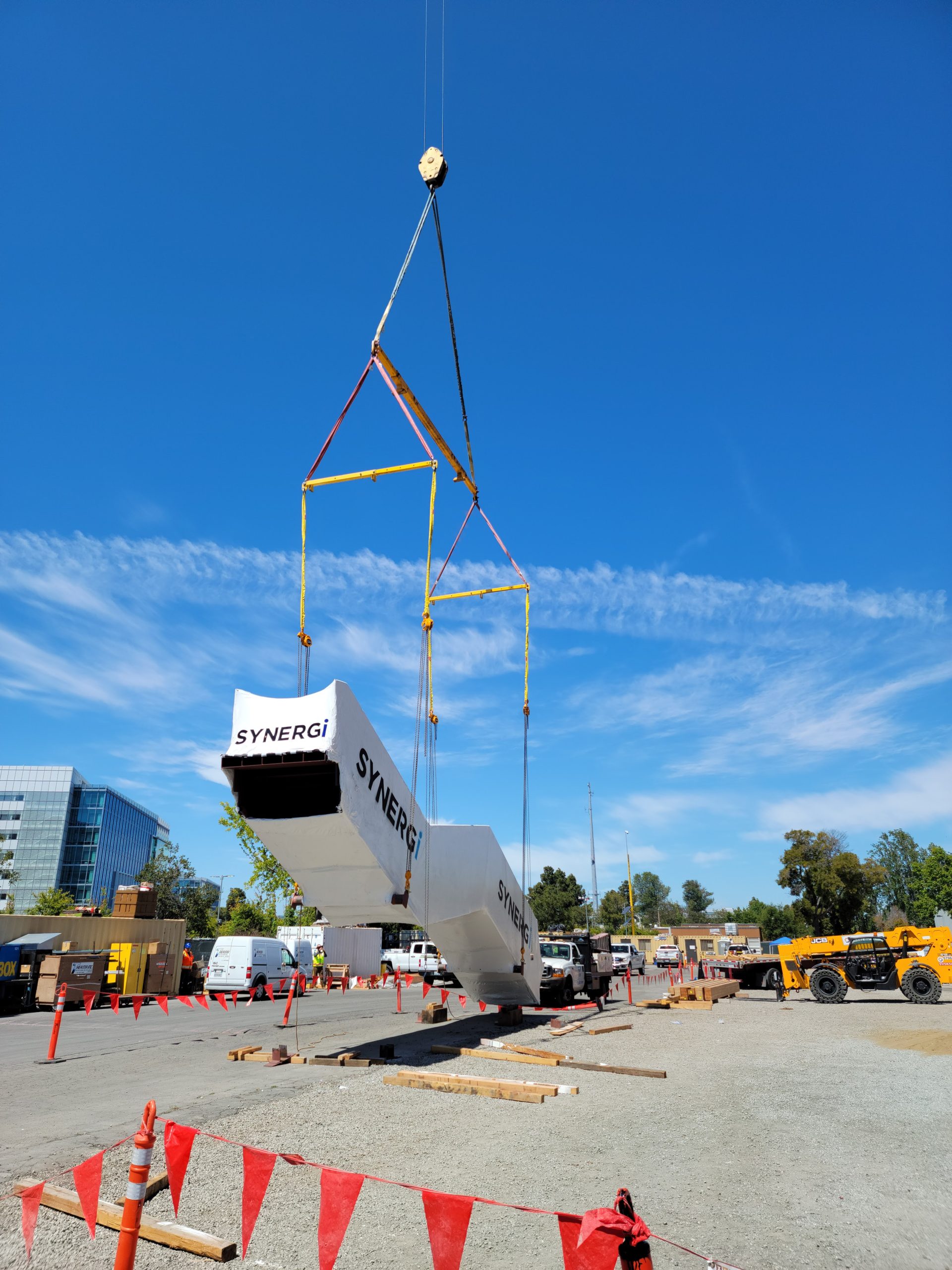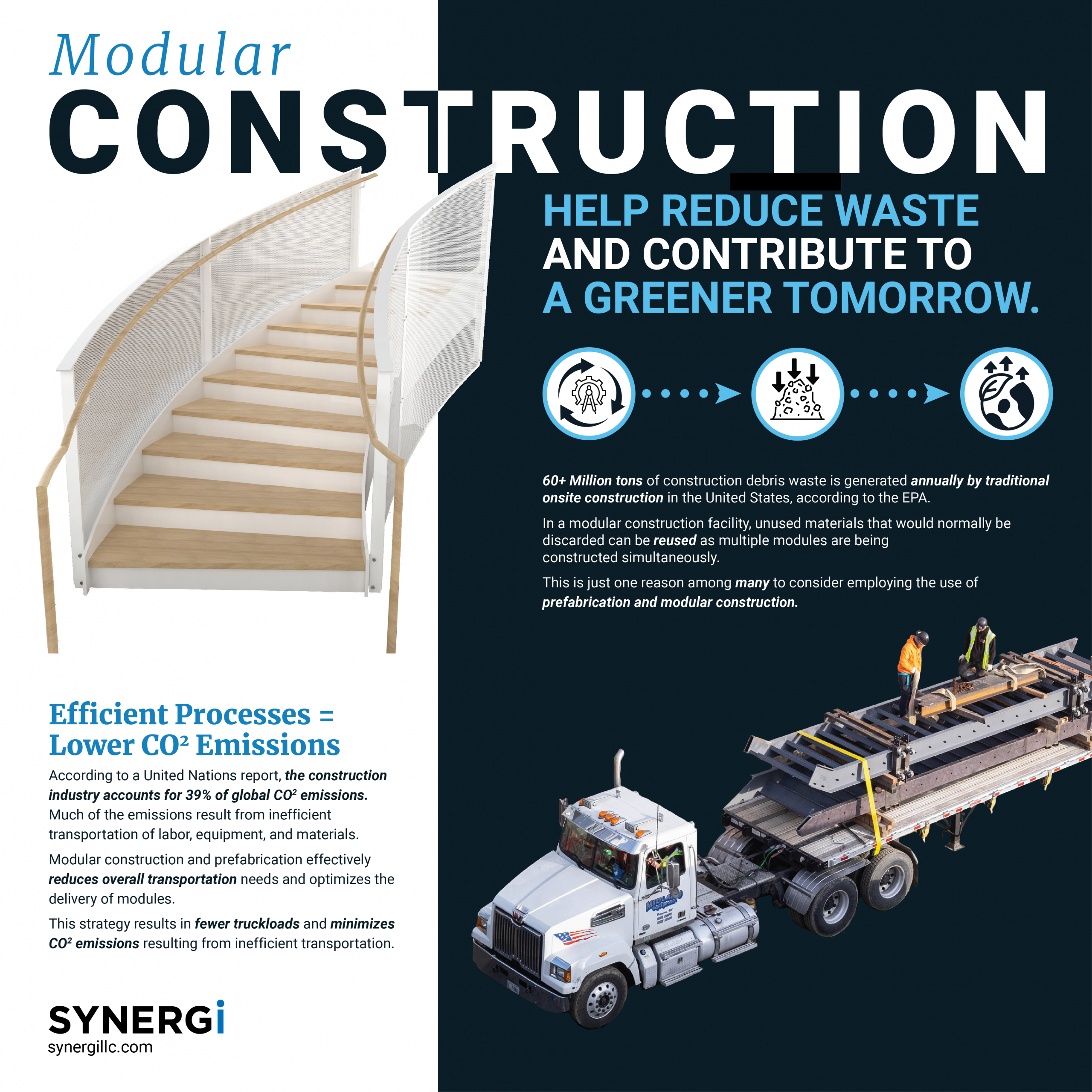
Accelerate Your Return On Investment
50%
time savings over traditional construction
Linear construction requires every step to be completed before the next can begin. Simultaneous in-factory and on-site work make modular construction up to 50% faster to occupancy.
Faster Occupancy
Inconsistent labor yield threaten quality in traditional construction. Prefabrication offers a consistent, quality-controlled manufacturing process.
Better Quality
Since all stick-built construction occurs on-site, the schedule is dependent on weather conditions and other factors. Modular elements, by comparison, arrive on-site up to 95% complete.
Fewer Impediments


